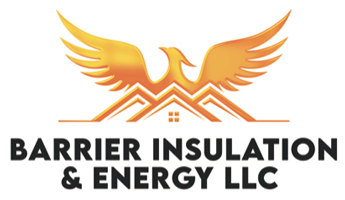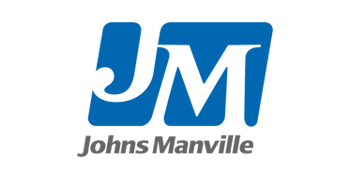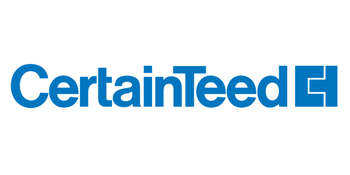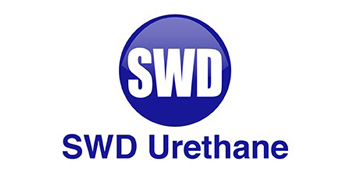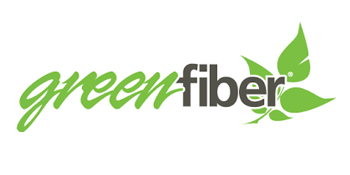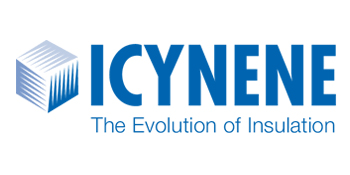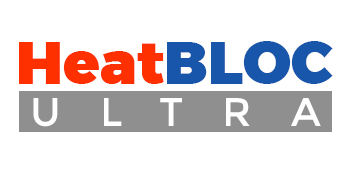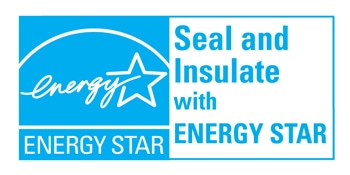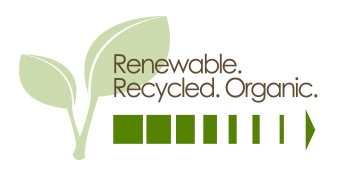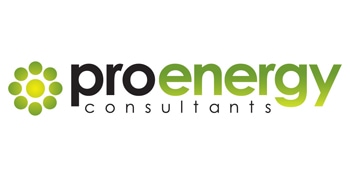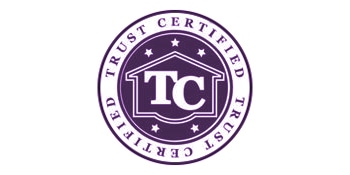HeatBloc Ultra Barrier
HeatBloc-Ultra Phoenix AZ | Radiant Barrier Insulation | Heat Barrier Coatings by Barrier Insulation, Inc. Statewide Arizona
Effectively Block 97% of Radiant Heat
RADIANT BARRIER insulation is installed in a house attic or attached to the roof rafters. It will block 97% of the radiant heat from the sun from entering the home or building. This keeps the attic cooler space cooler during the summer which reduces the amount of energy the air conditioner must use to cool down the house.
HeatBloc radiant barrier insulation coating is a water-based, low-e product and an excellent replacement for foil radiant barriers. In many homes, HeatBloc is the only economical way to retrofit a radiant barrier since it may be safely applied in enclosed areas at a low cost.
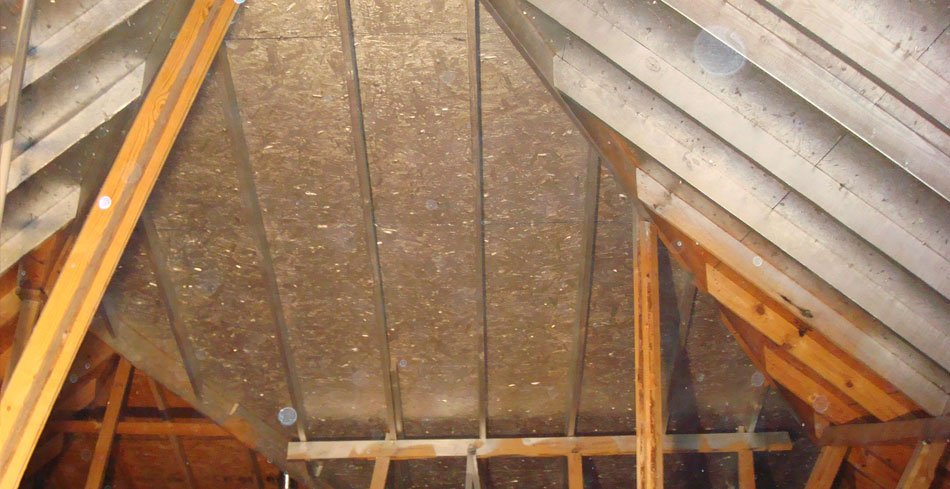
Some benefits of HeatBloc Radiant Barriers in Phoenix
- Low emissivity, High Reflectivity
- Permeable, does not Trap Moisture
- Does not block Cellular or Antennae Signals as can occur with Foil Products
- Excellent Investment, Normally Saves 8-12% of AC Costs with Improved Comfort Levels
- Most Cost-Effective Way to Retrofit Radiant Barrier to Existing Structures
- Increases the Value of Your Home
Common Questions about our HeatBloc Radiant Barriers
WHAT IS A HEATBLOC RADIANT HEAT BARRIER?
HeatBloc is an aluminum colored, water-based, low emissivity (low-e) coating. When applied to building materials such as plywood, OSB or plasterboard, HeatBloc lowers their surface emissivity to 0.25 or lower, thereby blocking over 75% of the radiant heat trying to enter the home. It is classified by ASTM as an Interior Radiation Control Coating (IRCC).
HOW DOES THE HEATBLOC ATTIC HEAT BARRIER WORK?
HeatBloc radiant heat barrier works by changing the emissivity of the surface where it is applied. Building products such as wood, brick, and plasterboard have high emissivities (0.7-0.95). When heated, they radiate most of their heat to cooler surfaces by allowing the heat to penetrate the roof into the attic and from the attic into the house. HeatBloc lowers their surface emissivity to under 0.23, lessening their ability to radiate heat and therefore letting less heat penetrate the roof into the attic.
WHAT IS A RADIANT BARRIER INSULATION?
Heat penetrates buildings in three ways: conduction, convection and radiation. Radiation is the transfer of heat by electromagnetic waves known as thermal radiation. Thermal radiation is a form of invisible light that travels through the air from a warm to a cool surface. Warm surfaces, such as roof decks warmed by the sun, will radiate or emit their heat to cooler interior building surfaces. Radiant heat barriers address heat flows by radiation. A radiant heat barrier is a low-e surface placed in the path of thermal radiation that blocks heat transfer.
WHAT IS EMISSIVITY?
Emissivity is the ability of a surface to radiate or emit energy in the form of long wave electromagnetic radiation. It is represented by a value from 0 to 1. The closer the value is to 1, the less effective the surface is at impeding radiant heat transfer. Wood has an emissivity of 0.90. Thus, when wood is heated above the temperature of surrounding surfaces, it will tend to transfer 90% of its heat energy by radiation. HeatBloc, when applied to most non-porous surfaces, will decrease the surface emissivity to 0.25 or lower, allowing less than 25% of the heat energy to be transferred by radiation.
WHAT IS THE ROLE OF AIRSPACE WHEN USING HEATBLOC?
To function effectively, a radiant heat barrier must face an airspace of 1″ or greater. A radiant heat barrier will not function if sandwiched between two solid surfaces. HeatBloc, when installed on the underside of roof decking, normally faces downward into the attic. If insulation is installed in the cavity formed by the roof trusses and roof decking (as in a cathedral ceiling), at least 1″ should be allowed between the top of the insulation and the HeatBloc surface.
DOES HEATBLOC DEGRADE OVER TIME? WHAT IS THE PRODUCT LIFESPAN?
HeatBloc does not lose its effectiveness over time like some products. Foils can tear and require the staples to penetrate the barrier. Foil chips can accumulate dust, which diminishes their effectiveness. HeatBloc will last as long as the surface area it is applied to is not damaged or disturbed and nothing is coming in contact with the product.
IS HEATBLOC PERMEABLE TO WATER?
Yes! HeatBloc allows water vapor to permeate, and does not trap water vapor within roof decks or sidewalls. This is vitally important in attic conditions.
DO RADIANT HEAT BARRIERS LOWER HEATING COSTS?
While they are most effective at lowering cooling costs, studies performed by the University of Kansas have showed a 15% reduction in heat loss through the attic when radiant barriers are used.
WHAT IS THE COVERAGE RATE FOR HEATBLOC?
Recommended coverage for HeatBloc is 325 – 500 square feet per gallon depending on the porosity of the substrate.
WHAT IS THE RECOMMENDED APPLICATION METHOD FOR HEATBLOC?
For best results, spray application using a spray pump size ¾ GPM or greater, 2,000 psi and tip size of 0.017” to 0.021”. The product can be rolled with a 3/8” synthetic nap roller, however, roofing nails penetrating the surface can make brushing or rolling difficult.
CAN HEATBLOC BE USED ON SIDEWALLS?
Yes, but HeatBloc is normally more effective when used under roofs. Roof surfaces are generally much hotter than sidewalls. Up to 80% of the summer heat gain is from above. Low e surfaces become more effective in controlling radiant heat transfer as the temperature of the radiant heat source increases. However, in tropical climates where no insulation is used in sidewalls, HeatBloc can substantially help increase interior comfort levels.
CAN HEATBLOC BE USED IN VENT-SKIN CONSTRUCTION?
Yes. In vent-skin roofs HeatBloc should be applied on the underside of the outer roof skin facing down into the vent channel. On vent-skin sidewalls HeatBloc should be applied on the inside of the outer skin facing into the vent channel.
CAN HEATBLOC BE USED WITH RADIANT HEATING SYSTEMS?
Yes. It is an effective heat reflector when used behind wood stoves or on walls adjacent to ceiling mounted radiant heaters in commercial applications.
IS ATTIC VENTILATION IMPORTANT?
Absolutely! Radiant heat barriers only control radiant heat loads. Good attic ventilation helps control convection loads. Together they raise the comfort levels and lower cooling costs. Venting to allow 2.5 air changes per hour should be specified as a minimum.
Schedule Radiant Barrier Installation
If you live in the Phoenix valley and would like to enjoy lower energy bills all year long give Barrier Insulation a call and get the process started. We can help you evaluate the condition of your current insulation, help you get your traditional insulation up to par if necessary and add a radiant barrier to help lower your energy bills. Call us today at 602-499-2922.
